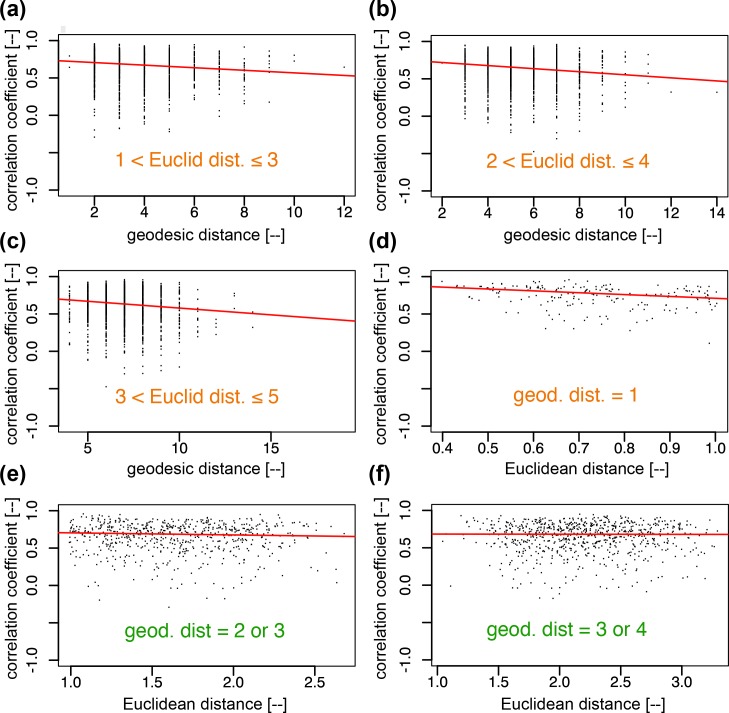Fig 5. Tests of signalling mechanisms, juxtacrine and paracrine, in the GFP signals.
Juxtacrine signalling is tested in (a)—(c) with geodesic distance (dG) in the subset of cell pairs that are within a given Euclidean distances (dE) range, while paracrine signalling is tested in (e)—(f) with Euclidean distances in the subset of cell pairs that have geodesic distances larger than 1. For both signalling modes, a decline to the right in the median regression line suggests the presence of each mode. From the p-values (S1 Table) we conclude the dominance of juxtacrine signalling. The cell pairs characterised by dG = 1 in (d) are pairs of cells in direct contact. The clear decline in their trend line suggests that the juxtacrine signalling is stronger when there is a larger contact area assuming that, for these cell pairs, greater contact area is correlated with smaller Euclidean distance (i.e. if two cells, each assumed to have a ball shape of a similar diameter, are in contact, the shorter the inter-centroid distance, the larger the contact area).

